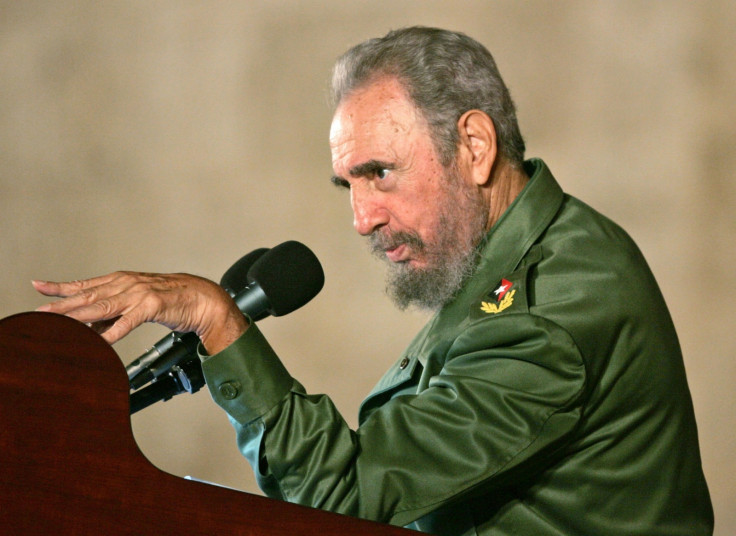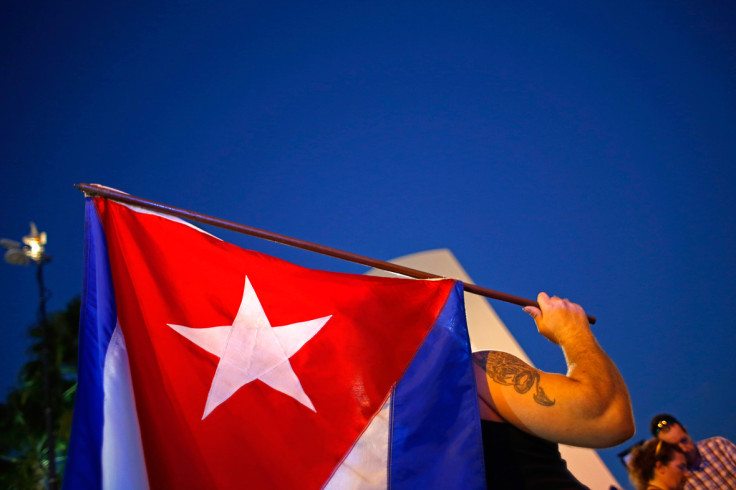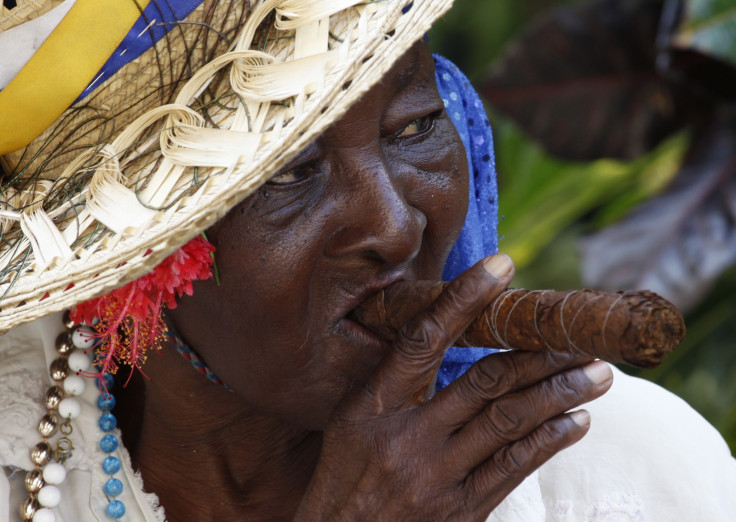Cuba economy explained: Will US diplomatic deal herald new era of prosperity?

There have been signs of a softening in relations between Cuba and the US for some time, but few expected the announcement to come so suddenly.
US President Barack Obama unveiled a "new chapter" in relations between the world's biggest economy and the communist Caribbean island, following several decades of a distrustful, almost non-existent relationship.
There has been a US embargo on Cuba for more than 50 years after a revolution led by Fidel Castro ousted US-allied dictator Fulgencio Batista and established communism. Castro replaced Batista and was president until 2008. His younger brother, Raul Castro, then took over.
The embargo meant an effective ban on US citizens travelling to Cuba for tourism, as well as a host of trade and financial restrictions. Now diplomatic ties are being re-established and trade will begin to be re-opened between the US and Cuba, which sit just 90 miles apart. Prisoners have already been exchanged.
So what does the Cuban economy look like?
Cuba has the world's 69<sup>th largest economy
By nominal GDP, the World Bank ranks Cuba at 69 out of 190. In 2011, the latest available year for data, Cuban GDP was $68.23bn (£43.57bn, €55.4bn).
The CIA World Factbook estimates Cuba's 2012 GDP to have hit $72.3bn – a 6% growth rate.
It's a communist system, but liberalising reforms are in progress

It has three main sectors - agriculture (3.8%), industry (22.3%), and services (73.9%), in which almost three quarters of its 5.2 million workforce (47% of its 11 million population) are employed by the state. The unemployment rate in 2013 was 3.2%.
The collapse of the Soviet Union in the early 1990s left Cuba in trouble. The Kremlin had long subsidised the Cuban economy. Since then, Cuba has very slowly increased the size of its private sector by whittling down state employees and allowing small businesses to develop – then taxing them.
Tax had been abolished in the early years of the Castro regime. But in the mid-1990s, a new sliding-scale tax system for entrepreneurs, under which rates increased relative to their profits, was brought in. Eventually, all Cubans will pay tax, but only when the economy is in a fit enough state.
For years, Cuba operated a system of wage equality, meaning government cleaners earned the same as doctors. But 2008 reforms allowed some variance in pay based on performance, meaning state workers could earn bonuses.
The average salary for a state employee is just $20 a month.Those outside the state can earn more, but are now subject to taxation.
There's also a state welfare system that offers a number of benefits, such as disability and sickness. What's more, the Cuban government used to subsidise the price of food to make it cheaper for the population. But since Cuba embarked on liberalising reforms under Raul Castro, it does this far less. Balancing its finances is becoming a higher priority.
Cuba has a free healthcare system and its doctors are among the best in the world. So in demand are Cuban doctors, the government uses them as a commodity. In one particular deal, thousands of Cuban doctors went to work in Venezuela in exchange for cheap oil.
And it has a free, nationalised education system. As of 2011, adult Cubans had a 99% literacy rate following a massive government campaign. The central government spends 12% of its GDP on education. By comparison, the UK spends around 5%.
Exports are falling, so the opening of trade with the US is welcome news

According to Trading Economics, its main exports are nickel, cane sugar, cigars, fuel, beverages (such as rum), metallic ores, fish, cement, oil and thyroid extract. Among its main trading partners are Venezuela, China, Canada and Russia. Its exports peaked at $6.34bn in value in 2011, but fell back by 11% to $5.58bn in 2013.
Cuban cigars are one of the country's most famous exports. The tobacco industry in Cuba is nationalised, though the single company used to trade its products, Habanos, is half state-owned, half owned by Spanish tobacco giant Altadis. In 2013, Habanos sales lifted 8% to $447m.
Cuban cigars are known to be smuggled over to the US, where they are popular on the black market. With the market becoming legitimate, American consumers could give the Cuban cigar industry a significant boost - not to mention Cuban rum.
Tourism from the US will probably soar too
Tourism is a big industry for Cuba, which attracted 2.8 million visitors in 2013.
It's already growing, but will now get an added boost from a normalised relationship with the US and its 320 million strong population who will more easily be able to travel to Cuba for tourism.
Cuba is still heavily indebted
Cuba's crippled economy means it has relied heavily on subsidies from Latin American allies and borrowing money from richer countries. It was helped out by Russia in July 2014 when President Vladimir Putin waived $32bn of Cuba's outstanding Soviet-era debt, though it still owes $3.2bn which it must pay across a decade.
Cuba owed $23.44bn in 2013, or 34.3% of its GDP. That's relatively low given some of the post-crisis debt-to-GDP ratios knocking around in places like Europe. But European states are much wealthier and have developed economies, unlike Cuba.
© Copyright IBTimes 2025. All rights reserved.






















